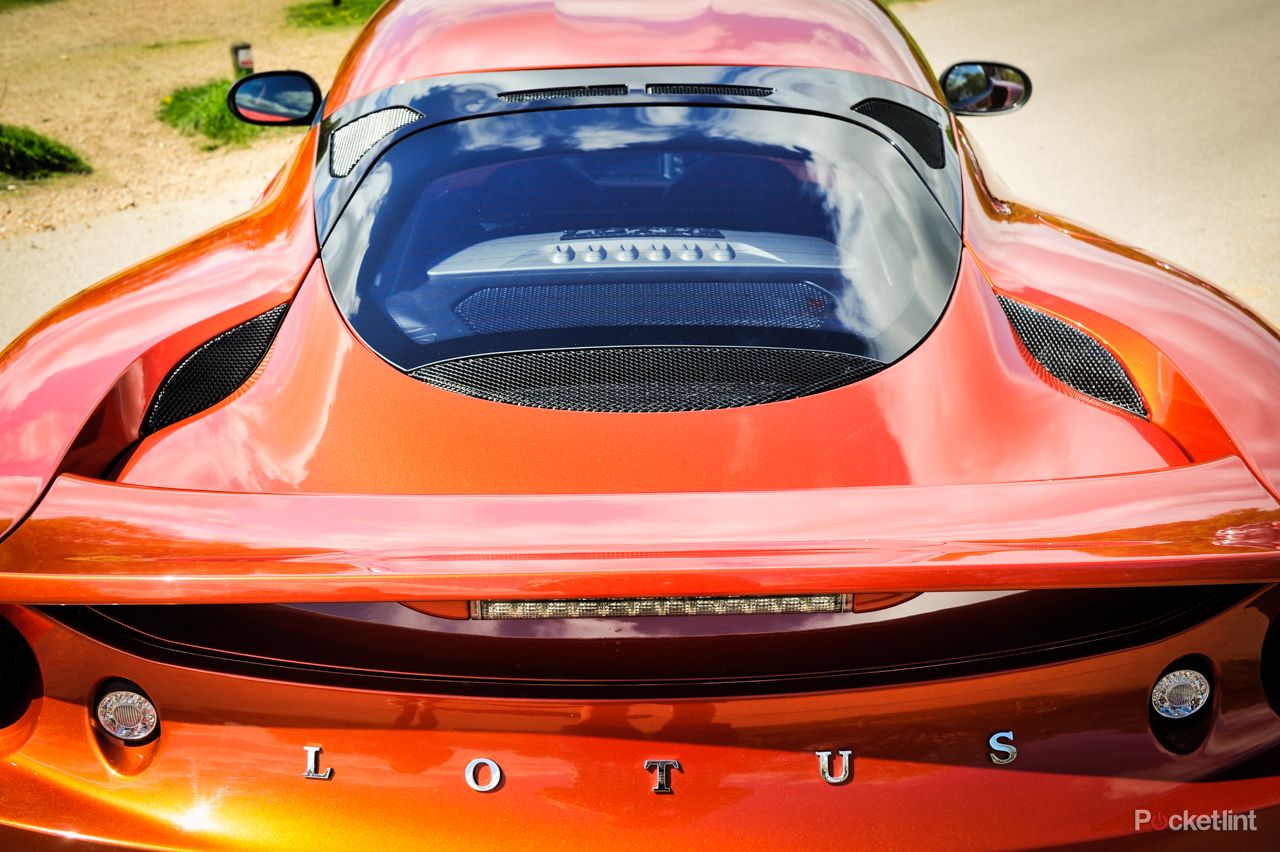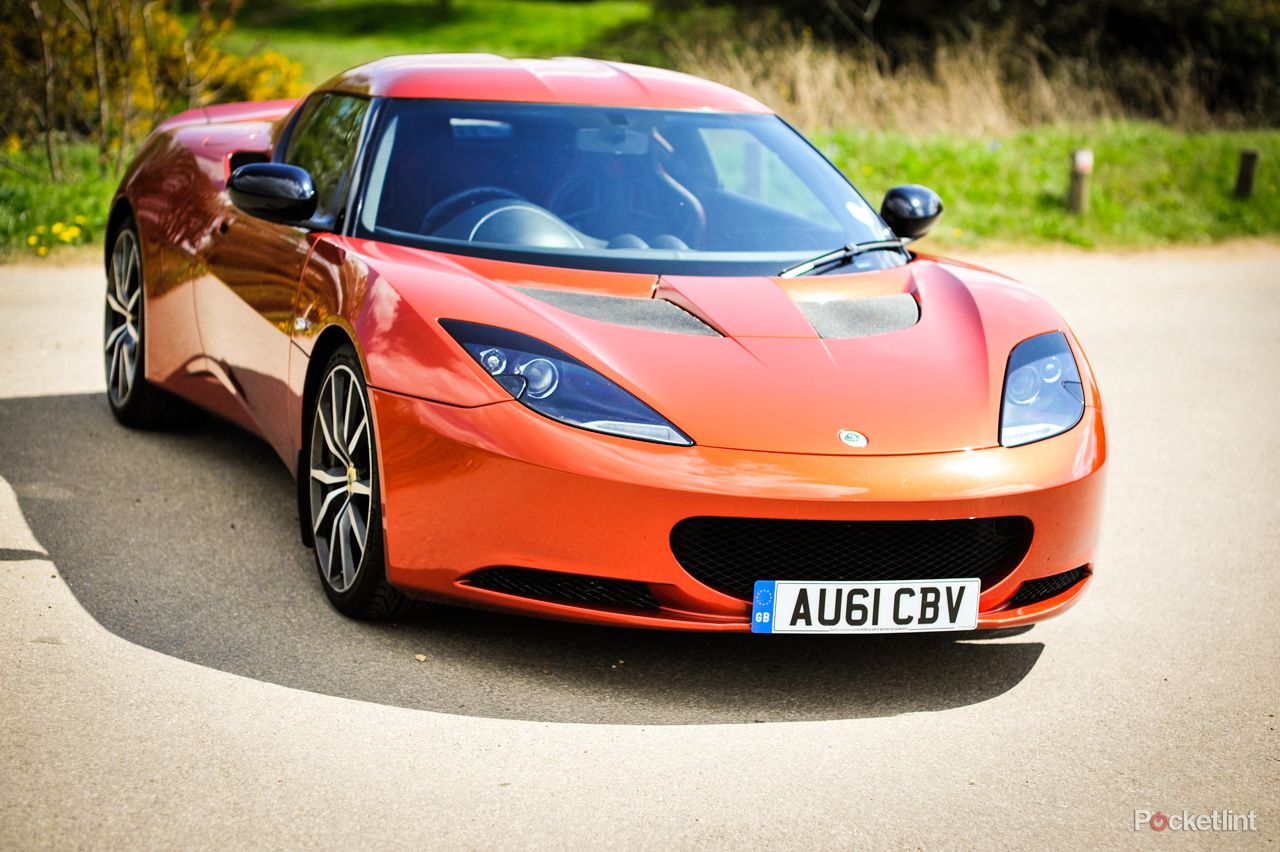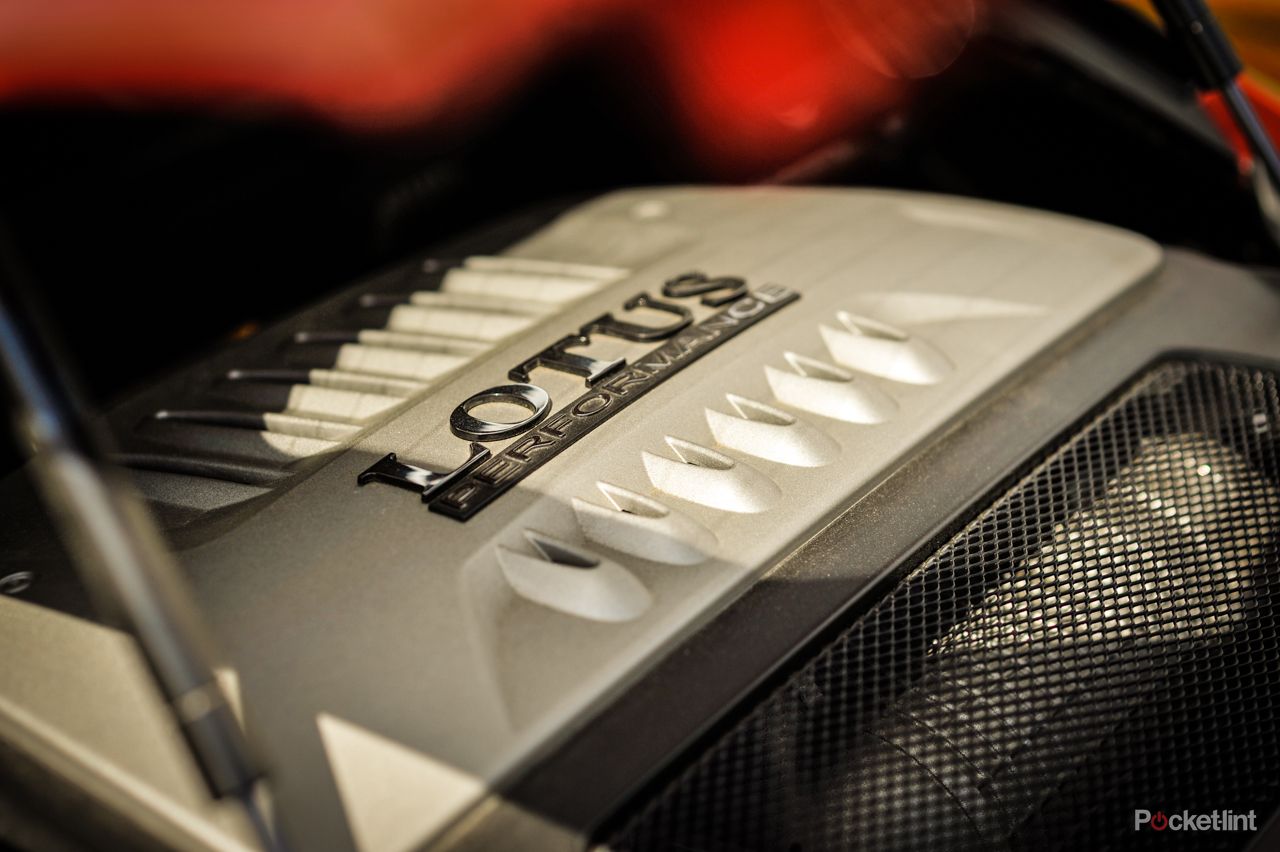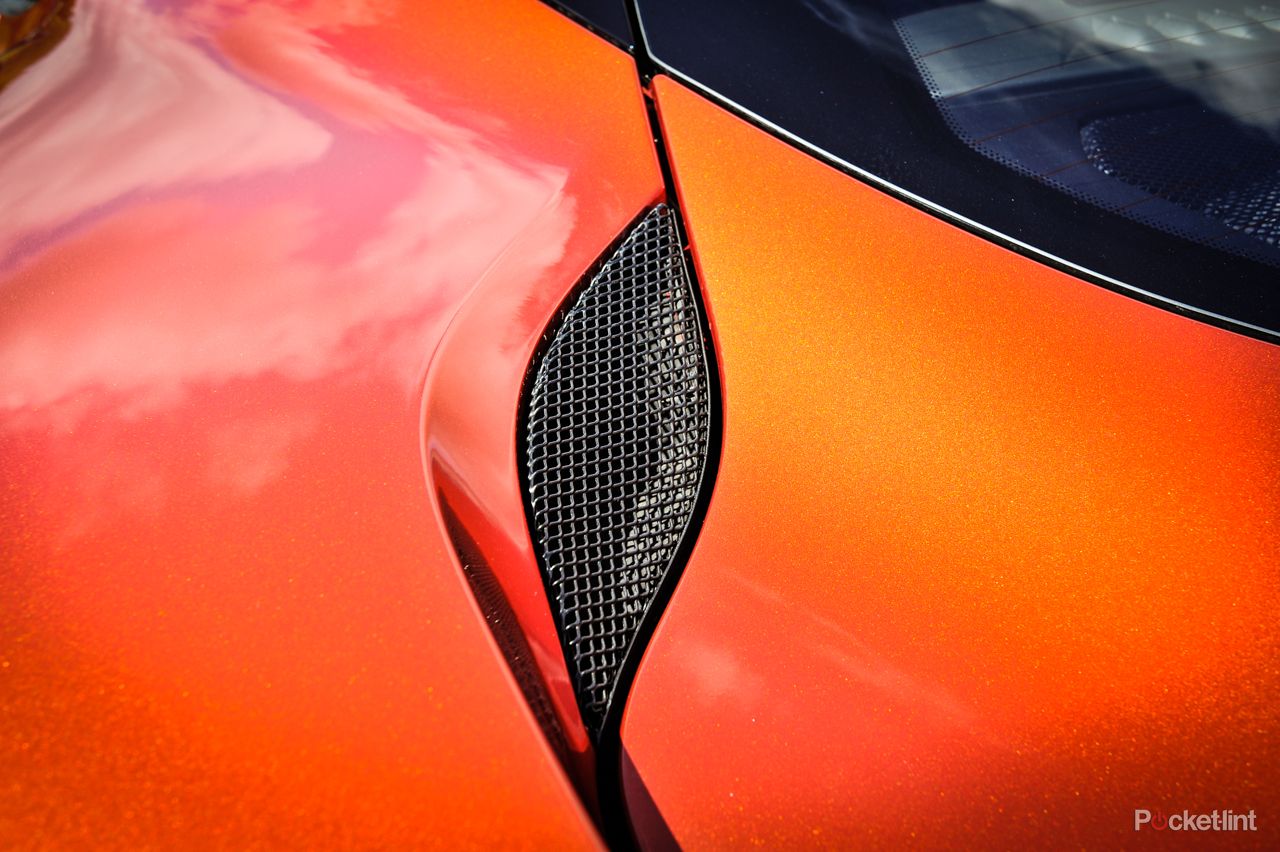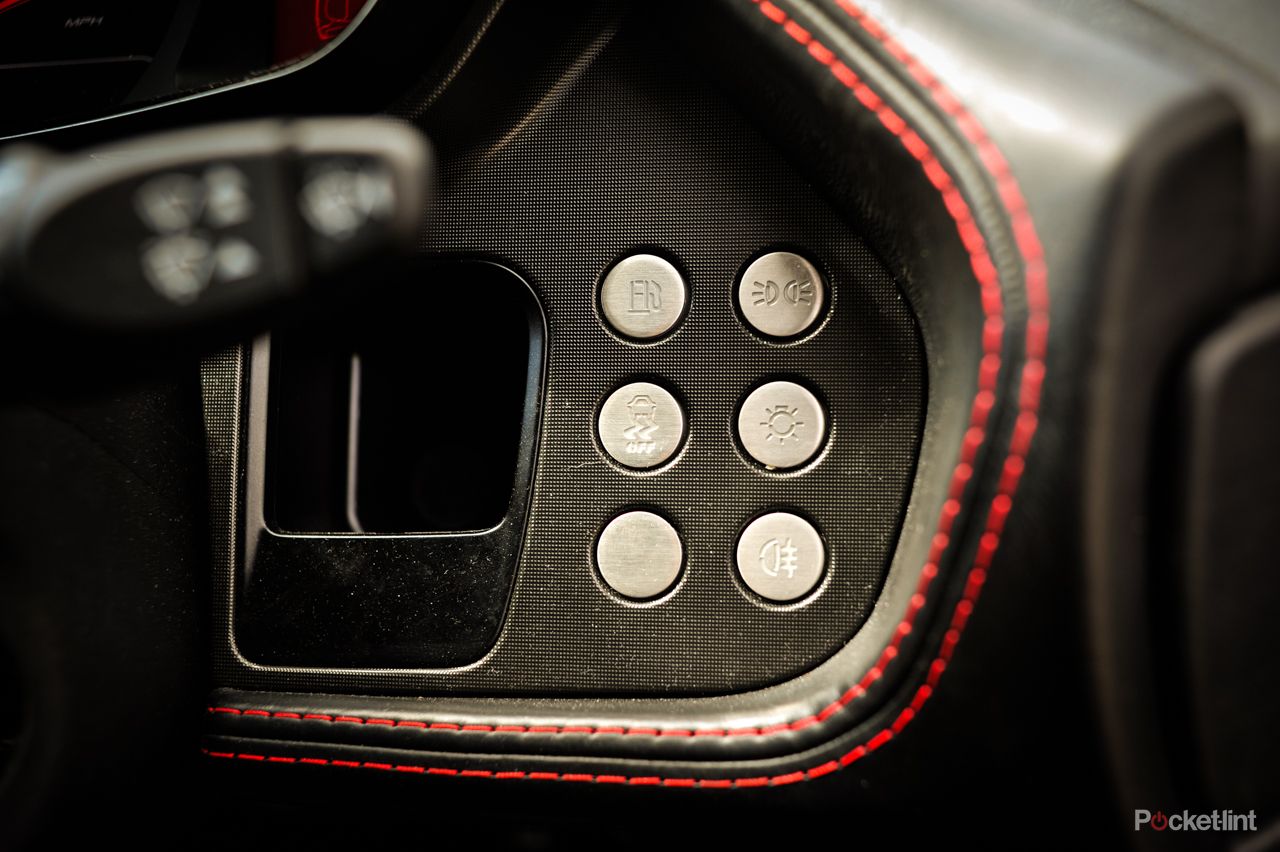The Lotus Evora is a strange car. Having spent well over 1,000 miles in one, driving every possible surface, from tracks to the streets of Soho, we still can't quite get our heads round it.
Our quick take
So then, do you go the sensible route and pick the Porsche? Or take a risk and opt for the Evora. If you live anywhere even remotely close to twisty B-roads, then the Lotus is a complete and utter no-brainer. It is absolutely the best handling experience you can get for the price.
In the city, we would be inclined to go for the Cayman or alternatively make the concession and by an IPS version of the Evora. Really though, if you live in town why are you even considering either car? By yourself a Fiesta for £500 and then keep the Evora garaged out of town for fun on the weekends.
If you are buying new, then opt for the Sports Racer we have reviewed previously. The included Sports and Tech packages save you money and the gloss black accenting on the exterior makes it look like a proper supercar. Alternatively, go used and grab yourself the bargain of the century. Second hand prices on Evoras have plummeted into the low 30 thousands, even with cars with relatively low mileage.
Having lived with the Evora for a good while now, it will be sad to see it go. The IPS gearbox might be lacking in some regards, but you will thank yourself for ticking that box if you plan to sit in any form of traffic. It is the handling that made us consistently want to put more miles in behind the wheel of the Evora. Lotus's chassis expertise shines through here and as such any potential Porsche purchaser should definitely take one for a test drive.
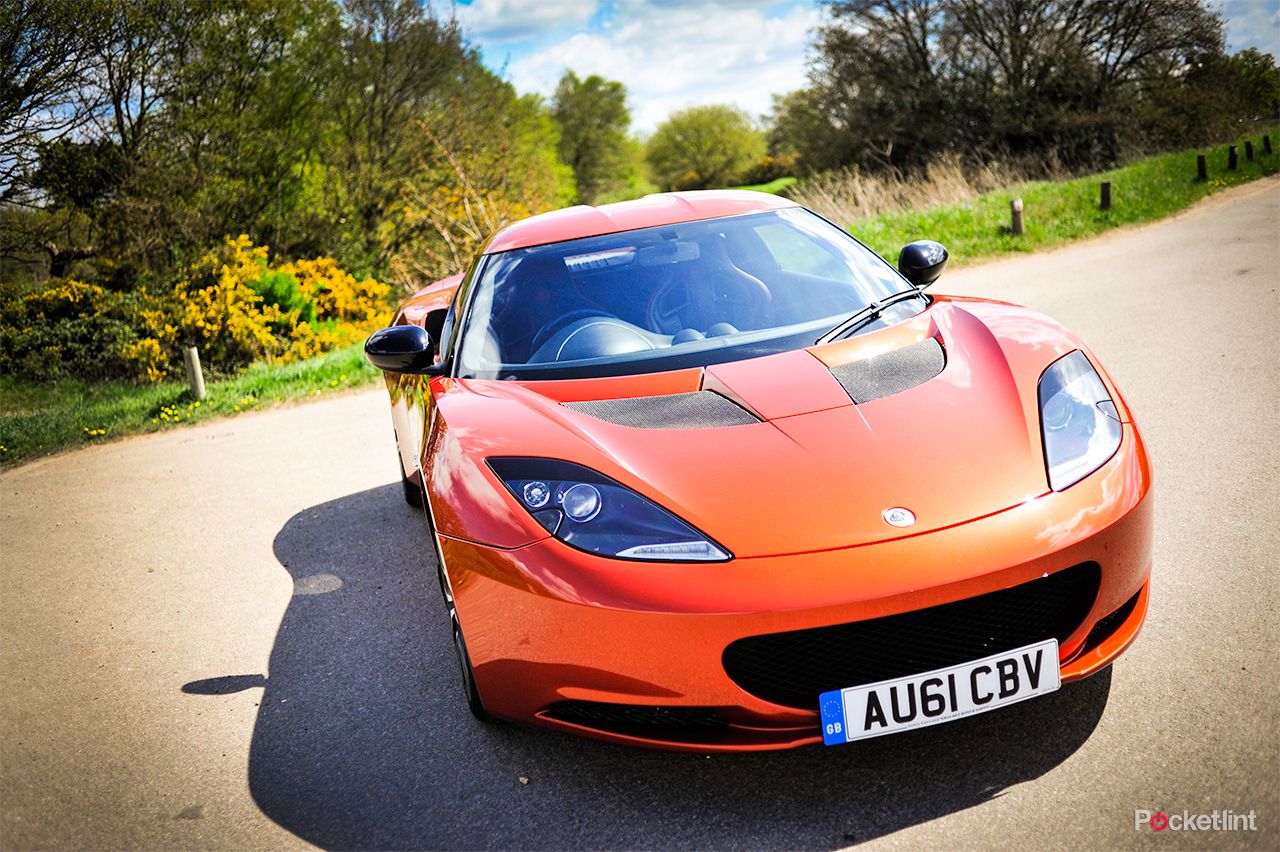
Lotus Evora S IPS - 4.0 / 5
| FOR | AGAINST |
|---|---|
|
|
When Lotus designed the Evora, it wanted a car to take on the Porsche Caymans of this world. Something that was fun and dynamic, but still practical enough that you didn't slice the top of your head off each time you got in, Elise style.
Liveability
It makes sense: Porsche has proven there is plenty of cash to be made in the world of the practical sports car and believe us, Lotus could do with a bit of cash. But the car never fully commits to practicality like its competitors do, instead it gives you just enough, making up for its daily driver shortcomings with one of the most incredible chassis on a car costing less than £200k.
Having recently driven the fantastic McLaren MP4-12C Spider, we can safely say that the Evora is just a few inches away from the poise and refinement that the McLaren offers, at about a third of the price.
READ: McLaren MP4-12C Spider pictures and hands-on
The ride is incredible, it never becomes unsettled or suffers at the hands of speed bumps. Really, the Evora's suspension set-up is as soft as a saloon, yet gives you as much feedback as a mid-engined supercar. We will come back to handling dynamics later as they deserve more detail.
On the motorway, you can sit back in comfort and enjoy 25mpg with relatively low tyre rumble and wind noise. The issues come when you hit the town or city and it is here where the likes of a Porsche make more sense.
You sit low in the Evora, just like you should in a proper driver's car, and have decent-sized blind spots on either side. Clearance at the front means you need to be careful wherever you drive and the extra width at the back of the car means you need to take extra care when negotiating width restrictions and multi-storey car parks.
At slower speeds, the Evora's size does become apparent compared to the likes of a Porsche. It feels more like a car you desperately want to get out of the city, rather than something you could tolerate during the week and then have fun with out in the country on the weekends.
Concessions also come in the form of space. The lack of a boot in the front of the car is fairly restrictive and the proper mid-engined layout means you don't have much to play with in the rear either. There is the option of a 2+2 setup, but those back seats are comfortable only for those sized 5ft and below. Better to save the cash and opt for a parcel shelf in order to get a bit more storage space.
Don't get us wrong, this isn't the stripped back experience you find with a Lotus Elise. There is a lot of refinement here and the ride is so good that the practicality and slow speed manoeuvrability issues can be forgiven. For those who want a true daily driver however, then the Cayman is more realistic, if only because it attracts less attention when you park it.
Handling
If, however, you don't mind making a few concessions on the liveability front, then the Evora is a better car to drive. As soon as things get twisty on the road, the car instantly shrinks around you, that perfect driving position becomes apparent and the millimetre direct steering rewards you at every turn. It might be power assisted, but we don't care, Lotus has nailed it.
The grip the car manages is also phenomenal. Not once did we manage to even get close to the chassis' limits. Instead, it felt like this car could handle plenty more. We can only imagine what the Evora would feel like with a few extra horsepower.
One thing we continue to love about the Evora is Lotus's use of the front wheel arches. They are positioned so that they appear just to the left and right of your front windscreen. As such, you can place the car in every corner with an amazing amount of precision. It is extremely confidence building and a boon to the less experienced driver keen to learn.
The Evora S IPS model we tested benefits from a dedicated sports button. Hit this and the rev limit is lifted to 7200 rpm, throttle response tightened and the exhaust note changes. The traction control system also changes slightly, allowing you just enough wobble with the rear end to have a bit of fun, yet never enough to be dangerous. To be quite frank, it's utterly brilliant. You might chew through a set of tires like there is no tomorrow, but sliding the Evora round windy roads is rather special.
This impressive handling comes in part from the Evora's chassis construction. Essentially you sit in a big aluminium bathtub, surrounded by front and rear suspension and the engine. The set-up is so stiff, Lotus tells us you could hang three Evora's from the front and the car wouldn't twist by a more than half a degree. Despite being so strong, never once did the car bump or jump like traditional mid-engined cars do. The wheel doesn't dart about in your hands and even on rough terrain, the Evora holds the road. Again all this goes towards building confidence.
Engine and shifting
Unlike the Evora Sports Racer we tested, this review model was fitted with Lotus's IPS gearbox, or Intelligent Precision Shift. Essentially a reworked torque converter system, it is probably the car's weakest point, but in a way you might not expect.
You see, in the city having the IPS set-up makes the Evora a much better car. Not having to mess about with the clutch in traffic saves you plenty of left-foot ache and simply being able to just leave things in auto and cruise is particularly pleasant on the motorway. It all adds up to making the Evora S IPS as close to a Porsche as possible in terms of practicality. If you live in a town, then this is probably the model to go for.
It is when you opt for some more-spirited driving that things fall apart slightly for the gearbox. The problem is that it just doesn't react quick enough for you to properly get the most from that fantastic 3.5 litre supercharged engine. A gear change mid-corner usually comes after you have finished the turn and putting your foot down can often result in hitting the rev limiter accidentally as the gearbox tries to keep up.
It's a shame, as a speedy dual-clutch set-up in the Evora would be the icing on an already near-perfect cake, but in order for Lotus to make ends meet we imagine it might add a fair amount of cost to an already pricey package.
Really though, it isn't so bad that it ever becomes a significant issue. This isn't as slow as the systems found on the earlier paddle shift Aston Martins for example. In auto the car can also save you quite a bit on petrol, which is worth considering if you fancy making 20 plus mpg using it daily.
As for the 3.5-litre supercharged engine that sits just behind your head, it might have come from a Toyota truck, but it certainly doesn't feel that way. Put your foot down and the Evora S seriously moves and keeps going all the way up to around 120mph, when things start to slow down a bit. A nice long first gear means you can get a proper head-snapping amount of torque as you pull away as well, further adding to the Evora's supercar feel.
Design and interior
No matter what anyone says, the Evora will turn heads more than anything in its price bracket. The S IPS model we tested, in bright pearlescent orange, had people quizzing us about it at every single petrol station we stopped in. It depends on the type of person you are, but if you want to feel like a superstar for the day, drive about in one of these. People stop to take photos, ask questions and generally admire, none of which Porsche drivers enjoy.
The exterior of the Evora is full of eye-catching design tweaks. We love the way the window-line of the car continues on at the rear, wrapping itself round the engine intakes. We also admire the clever trick of the eye that Lotus has employed with the Evora's doors, which appear to pinch into an hourglass shape.
Inside, things are just the same. Be it the red digital displays around the speedometer or the knife-like door handles. This is a car packed full of flair and, thanks to Lotus's improved build quality, feels and looks better than it costs.
There are a few slightly bizarre ergonomic decisions however. The driver-centric controls are nearly always blocked by your hands on the wheel and aren't properly backlit, meaning they are hard to fathom while driving. Irritating if you fancy quickly switching on the headlights for example.
The digital displays are also impossible to see in direct sunlight, as is the satnav, which switches to night mode whenever you turn on the daytime running lights, making the screen so dark that you can't read it.
As for the satnav, it is certainly better than the Alpine unit Lotus had before, but this Pioneer system has a distinct Halfords feel about it that really detracts from the interior build quality. It also likes to get you lost. A lot.
To recap
A brilliant car from Lotus which anyone who fancies something exciting should definitely take for a test drive.

